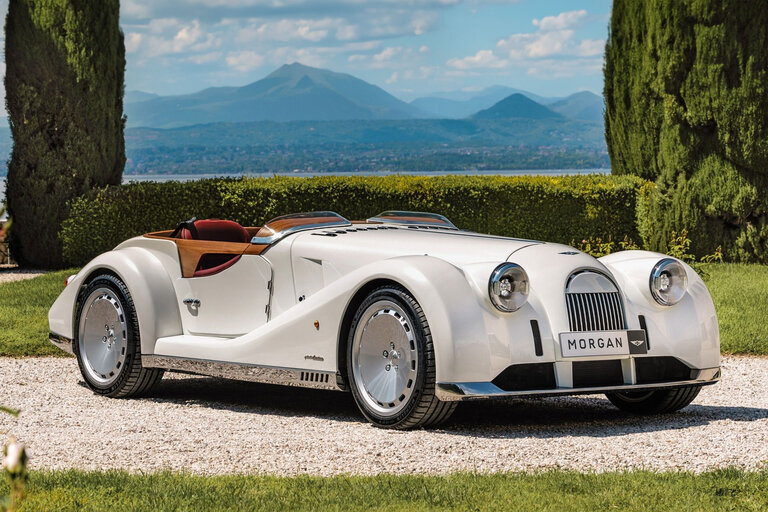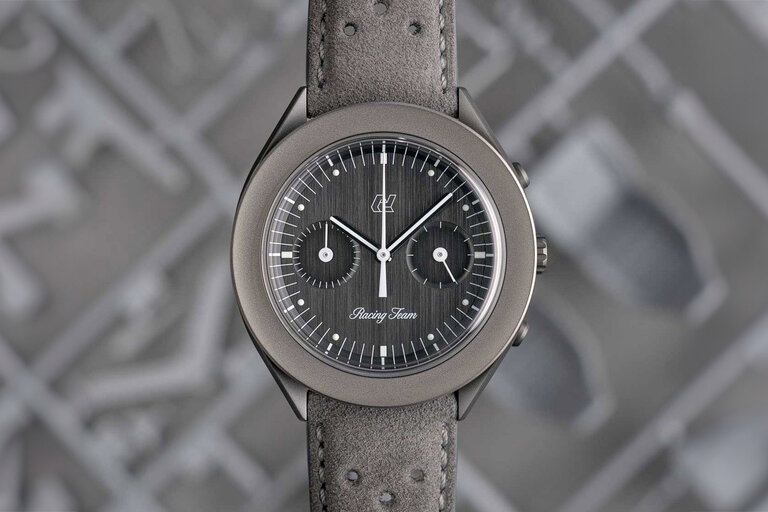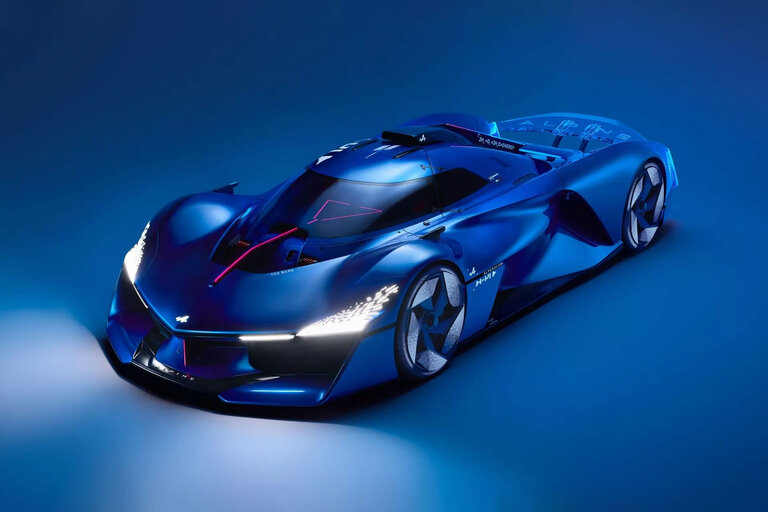
Overview
The 2021 Mitsubishi Outlander isn’t remotely as compelling as other compact crossovers, for good reasons, and its biggest selling point is now its only selling point. While we’ve always appreciated the Outlander’s unique plug-in-hybrid (PHEV) powertrain, it’s now the only powertrain. That means shoppers can no longer get a model with a third row, and the most affordable version now costs over $37,000, which is about $11,000 more than last year’s gas-powered base model (before any federal tax incentives). The Outlander PHEV also isn’t as special as it once was because rivals offer plug-in models, too, such as the Ford Escape and the Toyota RAV4 Prime. Combined with the Mitsubishi’s unfashionable interior and unwieldy driving manners, the 2021 Outlander is a hard sell unless you love the brand that was once a rally-racing icon. The debut of a new generation for 2022 could change everything, though.
What’s New for 2021?
Mitsubishi has already revealed the next-generation Outlander, but it has still introduced several significant changes to the outgoing one for the 2021 model year. Most notably, the Outlander lineup is now only available with a plug-in-hybrid powertrain. Gone are the base four-cylinder engine and available V-6. A third row of seats is also gone because it’s not compatible with the location of the PHEV’s battery pack. The latter now has a larger capacity than before and offers more all-electric driving range (24 miles versus 22), and the PHEV’s top speed increases from 79 to 83 mph during all-electric operation. The plug-in’s old 2.0-liter four-cylinder engine is replaced with a more powerful 2.4-liter version. And now with a bigger rear-mounted electric motor, the PHEV’s combined horsepower increases by 31 to 221 horses total.
Pricing and Which One to Buy
The Outlander’s value proposition vanished with Mitsubishi’s decision to drop the more affordable, nonhybrid entry-level models. The company does say that the Outlander PHEV is still eligible for federal tax incentives, which significantly lower its price. Still, we’d recommend the basic SEL trim to keep our investment as low as possible, especially with an all-new model on the way. The Outlander SEL comes standard with automatic high-beams, blind-spot monitoring, and a touchscreen infotainment system with Apple CarPlay and Android Auto.
Engine, Transmission, and Performance
The 2021 Outlander is only available with a plug-in-hybrid powertrain. The PHEV does feature a state-of-the-art hybrid system that utilizes Level 3 fast charging. The system pairs a 2.4-liter four-cylinder engine with electric motors mounted on both axles that together generate 221 horsepower. The combination creates an effective all-wheel-drive system, which proved responsive in our last road test, albeit not particularly quick. We did appreciate the PHEV’s different levels of regenerative braking–selectable via paddles behind the steering wheel–and came close to one-pedal driving in the strongest setting. The Outlanders we’ve tested in the past also had a quiet and comfortable ride on the diversified road surfaces around southeast Michigan. However, their overly soft suspensions contributed to excessive body motion that diminished composure when cornering. While Mitsubishi’s unique all-wheel-drive system is intended to improve cornering capability, it still felt less poised than rivals. Plus, its lifeless steering felt like holding hands with a forlorn lover—cold and disconnected with an uncomfortable twitch every now and then.
Fuel Economy and Real-World MPG
The 2021 Outlander PHEV is slightly more efficient than the previous model year. Although the EPA rates it at the same 74 MPGe combined with a mix of gas and electric operation, its combined rating with the gas engine alone increases from 25 combined to 26 mpg. Those figures are a lot worse than PHEV rivals, though. The 2021 RAV4 Prime is rated at 94 MPGe and 38 mpg combined. Likewise, the front-drive 2020 Escape plug-in has estimates of 102 MPGe and 41 mpg combined. Since we haven’t tested the updated Outlander PHEV on our 75-mph highway route—part of our extensive testing regimen—we can’t evaluate its real-world efficiency. For more information about the Outlander’s fuel economy, visit the EPA’s website.
Interior, Comfort, and Cargo
The Outlander has a spacious yet unspectacular interior, but, unlike the previous model year, it no longer offers a third row. That’s because the plug-in version has to make room for its battery pack. Although the cabin is quiet, its aging design and slim-to-none options place it behind most rivals. The Mitsubishi does boast a notable amount of cargo space, and we managed to fit nine carry-on suitcases behind the PHEV’s back seat and 26 total with the second row stowed. Our testing also proved that the Outlander has competitive interior cubby storage. However, several rivals have superior center-console functionality and adjustable load-floor heights.
Infotainment and Connectivity
Don’t be fooled by the Outlander’s standard touchscreen and optional Apple CarPlay and Android Auto capability—Mitsubishi’s infotainment system is the opposite of attractive or intuitive. It also forgoes several features that are available on most competitors, such as wireless charging. While the Outlander has up to three USB ports and three 12-volt outlets, most rivals have more power points. However, the GT model has an exclusive 1500-watt AC power supply with two outlets that can power an LED TV or other power-hungry devices.
Safety and Driver-Assistance Features
The 2021 Outlander comes standard with driver-assistance technology that includes automatic high-beams, forward-collision warning with automated emergency braking, and more. Adaptive cruise control is standard on the top-of-the-line GT, but it’s otherwise unavailable. For more information about the Outlander’s crash-test results, visit the National Highway Traffic Safety Administration (NHTSA) and the Insurance Institute for Highway Safety (IIHS) websites. Key safety features include:
- Standard forward-collision warning and automated emergency braking
- Standard blind-spot monitoring
- Standard lane-departure warning
Warranty and Maintenance Coverage
The Mitsubishi brand has one of the best protection plans in its class, with exceptional powertrain coverage and above-average warranty periods.
- Limited warranty covers five years or 60,000 miles
- Powertrain warranty covers 10 years or 100,000 miles
- No complimentary scheduled maintenance
Source link





